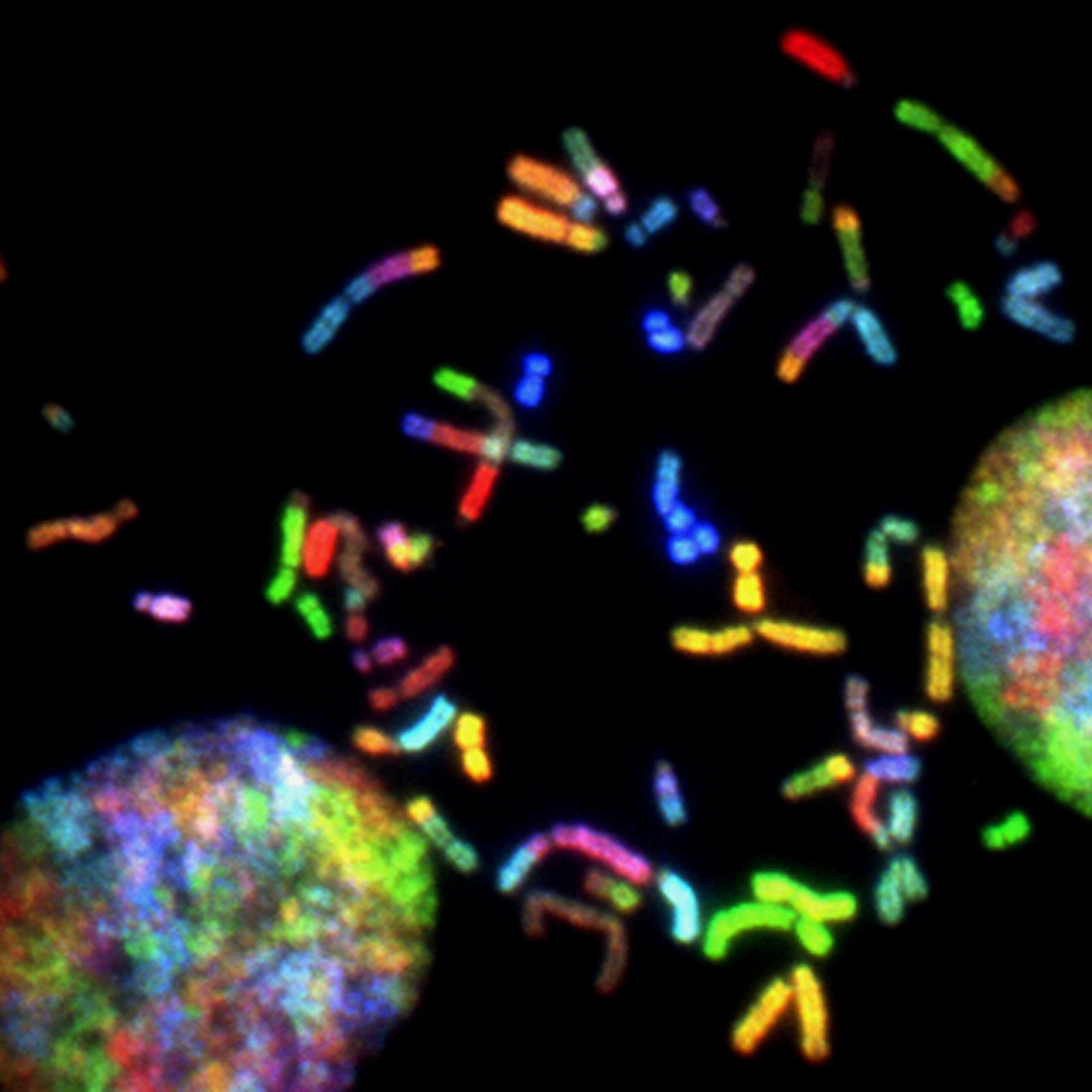On February 28, 1953, James D. Watson and Francis H.C. Crick made a groundbreaking announcement that would forever change the field of genetics. They revealed that they had discovered the double helix structure of DNA, unraveling the secret of life’s hereditary blueprint. This monumental discovery took place at the University of Cambridge and laid the foundation for modern genetics.
The importance of Watson and Crick’s discovery cannot be overstated. Prior to their work, scientists knew that DNA played a role in heredity, but its structure remained a mystery. Watson and Crick’s breakthrough not only provided the first glimpse into the physical structure of DNA, but it also explained how genetic information is stored and transmitted.
By uncovering the double helix structure, Watson and Crick revealed that DNA consists of two strands that are twisted together like a spiral staircase. The strands are made up of nucleotides, which are the building blocks of DNA. Each nucleotide contains a sugar molecule, a phosphate group, and a nitrogenous base. The specific sequence of these bases determines the genetic code.
The discovery of the DNA structure had profound implications for biology and medicine. It provided the key to understanding how genes are passed from one generation to the next, and how variations in DNA sequences give rise to inherited traits and diseases. This knowledge laid the groundwork for advances in genetic engineering, allowing scientists to manipulate DNA to create new organisms or modify existing ones.
Furthermore, the discovery of the DNA structure revolutionized forensic science. DNA analysis became a powerful tool for identifying individuals and solving crimes. By comparing DNA samples, forensic scientists can determine if two samples come from the same person or if they are related. This has led to countless convictions and exonerations, and has greatly improved the accuracy of criminal investigations.
In addition to its impact on biology and medicine, the discovery of the DNA structure opened the door to the field of biotechnology. Scientists can now use DNA technology to produce medicines, develop genetically modified crops, and create new diagnostic tools. The ability to manipulate DNA has the potential to revolutionize healthcare and agriculture, offering new treatments for diseases and more sustainable food production.
Watson and Crick’s work did not go unnoticed. In 1962, they were awarded the Nobel Prize in Physiology or Medicine for their discovery of the DNA structure. Their groundbreaking research paved the way for countless scientific advancements and earned them a place in history as two of the most influential scientists of the 20th century.
It is important to note that Watson and Crick’s discovery was built upon the work of other scientists. Rosalind Franklin, Maurice Wilkins, and Linus Pauling all made significant contributions to our understanding of DNA structure. Franklin’s X-ray crystallography images provided crucial evidence for the double helix model, while Wilkins’ and Pauling’s research helped shape the scientific community’s thinking on the subject.
The discovery of the DNA structure in 1953 was a watershed moment in scientific history. It unlocked the secrets of life’s hereditary blueprint and laid the foundation for modern genetics. The impact of Watson and Crick’s work continues to be felt today, as we further our understanding of DNA and its role in human health and the natural world.
SEO Excerpt:
The discovery of the double helix structure of DNA by James D. Watson and Francis H.C. Crick on February 28, 1953, at the University of Cambridge revolutionized the field of genetics. This monumental breakthrough provided the foundation for modern genetics, transforming biology, medicine, and opening the door to advances in genetic engineering, forensic science, and biotechnology.
External References:
- Nobel Prize: James D. Watson – Facts
- The Discovery of the Molecular Structure of DNA – The Double Helix
- Discovery of DNA Structure and Function

